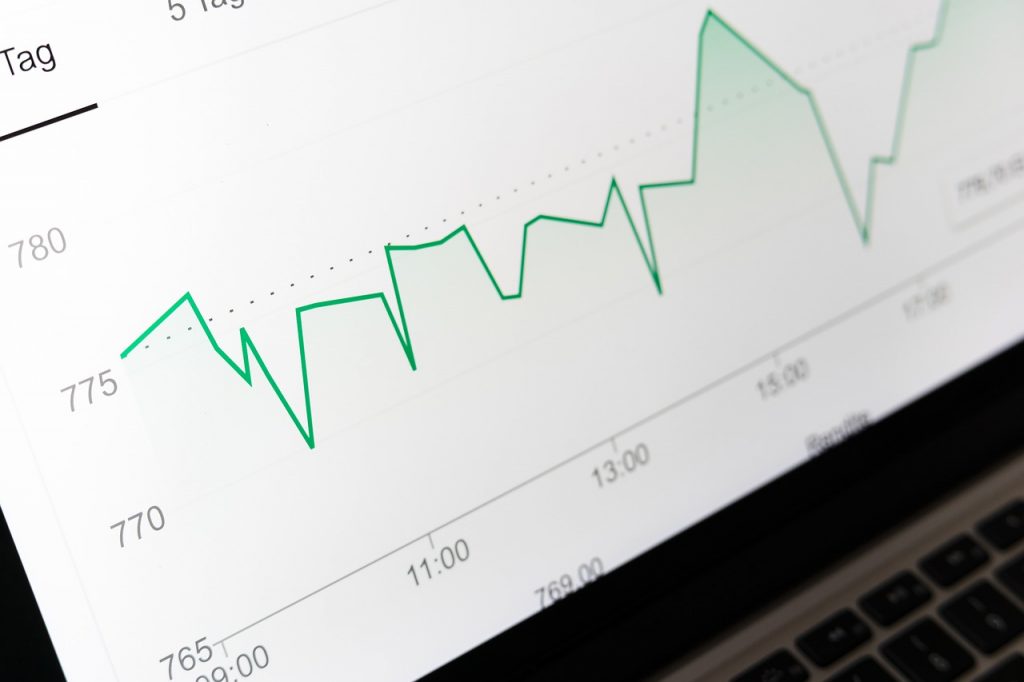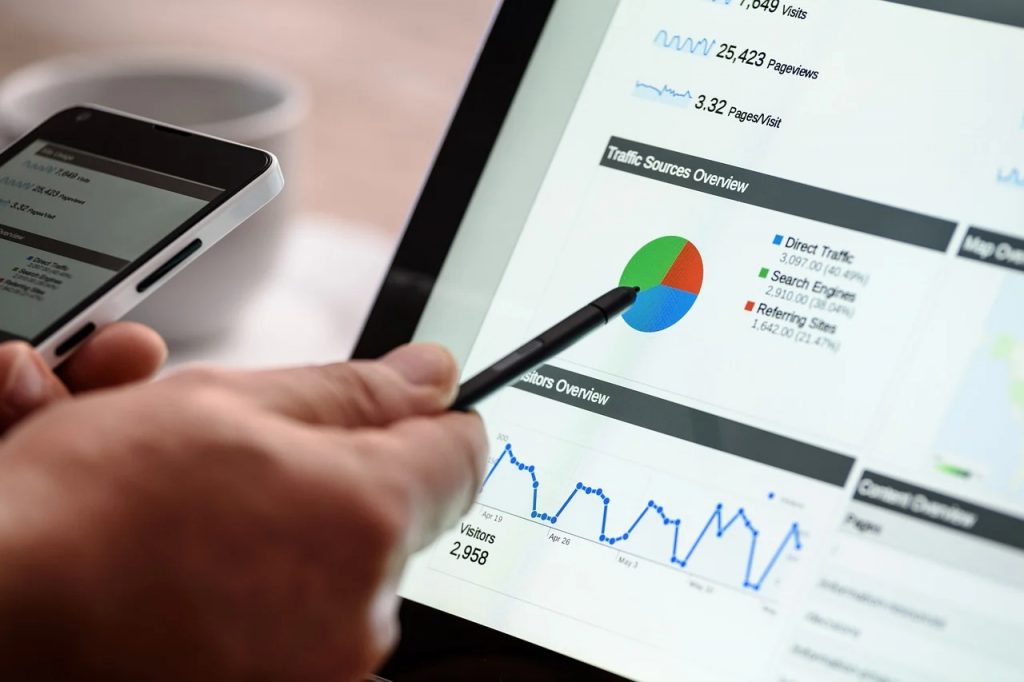Inflation Just Hit A 40-Year High
Inflation rates continue to surge and have climbed to reach a 40-year high.
This article is more than 2 years old

According to a carefully watched barometer released by the Labor Department on Wednesday, inflation accelerated at its quickest 12-month rate in nearly 40 years in December. The Department of Labor’s Bureau of Labor Statistics also revealed that the consumer price index (CPI), a gauge that tracks costs across dozens of items, grew by 7%. The CPI increased by 0.5% on a monthly basis.
Economists polled by Dow Jones expected the index to rise 7% on a year-over-year basis and 0.4% from November. The yearly gain was the fastest since June 1982, and it comes amid a lack of goods and people, as well as extraordinary cash flows from Congress and the Federal Reserve. Stocks surged after the news despite the huge gain, while government bond yields were mostly negative.
The so-called core CPI, which excludes food and energy prices, grew 5.5% year over year and 0.6 % when looked at from a month over month perspective. The projections for those rates were only 5.4% and 0.5%. It was the highest yearly increase in core inflation since February 1991. Housing expenditures, which account for roughly a third of all spending, increased 0.4% month over month and 4.1% year over year. Since February 2007, this was the fastest pace.

Used car costs jumped another 3.5% in December, bringing the year-over-year increase to 37.3%. Used vehicle prices have been a major component of inflation throughout the COVID epidemic because of extreme supply chain bottlenecks that arose and continue to constrain new vehicle production. Energy costs, on the other hand, dipped % for the month, with fuel oil down 2.4 % and gasoline down 0.5%. Despite this, the complex as a whole increased by 29.3% in the past year, with gasoline rising by 49.6%.
Officials at the Federal Reserve are constantly monitoring inflation data. It is highly expected that a hike in interest rates will occur this year to battle rising prices. These prices are also expected to take place because it is believed that the labor market will approach full employment. Despite the fact that the central bank’s primary inflation gauge is the personal consumption expenditures price index, officials consider a wide range of data when making decisions.
It’s clear to see that inflation over the past several decades, and especially the last couple of years, has continued to erode workers’ otherwise substantial salary growth. The 0.6% overall rise surpassed the .01% CPI headline increase, resulting in a slight 0.5% increase in real average hourly wages for the month. However, according to BLS statistics, real incomes fell by 2.4% year over year.
Rising price pressures are mostly attributed to pandemic-specific difficulties, such as jammed supply chain operations and empty shop shelves, according to Fed officials. Though there are hints and indicators that the omicron variant cases may be near their peak in the next few months, challenges that often stem from COVID-related difficulties, combined with cold weather in the Northeast, indicate there is going to be a “renewed upward pressure on food costs,” according to Paul Ashworth, who is a chief US economist working at Capital Economics.






